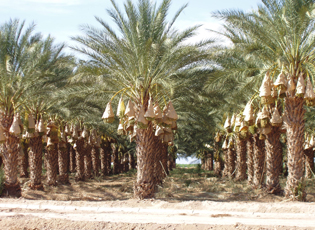Recently I've been lucky to encounter two events that helped solidify my admiration for Mexican culture!
First, at the Austin Rodeo I attended a performance by the world famous charro, Tomas Garcilazo. A charro is a Mexican horseman. Tomas began performing as a child and now works with two horses, his best friends.
The first horse that he showed us was a gorgeous white horse that moved seamlessly with Tomas. They both seemed to be having a great time...which added to the joy of watching them.
This horse pranced forward, backward and side to side, swinging its tail to the music!
Tomas even convinced the horse to sit down!
The second horse was brown with an incredibly long golden mane. Tomas performed rope procedures with this gentle horse.
The most amazing part of the performance was when the horse stood absolutely still so that Tomas could stand on his back and manipulate the rope! The horse showed incredible discipline and Tomas was equally incredible with his rope skills!
Soon after seeing Tomas at the rodeo, I attended a lecture called "Planet Taco: Globalization of Mexican Food" given by Jeffrey Pilcher. The premise of the talk was that the American version of Mexican food has traveled throughout the world representing Mexico. There are even tacos in Mongolia.
The sad part of this story is that authentic interior Mexican food is not known quite so well. It is the same phenomenon as people thinking that chop suey is authentically Chinese and pizza is authentically Italian...and that they represent those rich and wonderful cuisines.
Soon, Jeffrey Pilcher will publish a book on this topic. I look forward to reading it and finding out how the idea of Mexican food has diffused around the world!



















